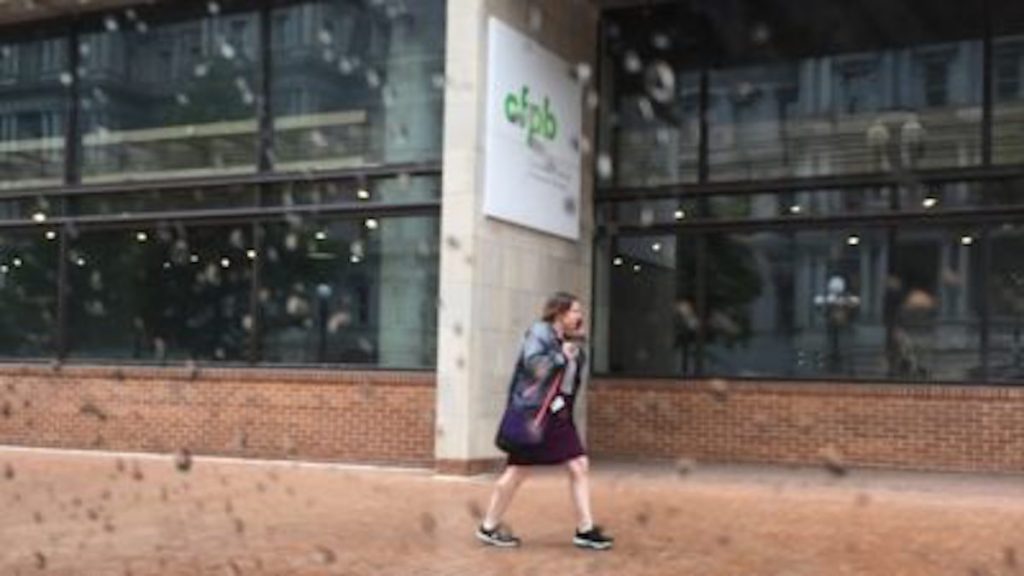Loan origination-related consumer complaints rose significantly over the first 18 months of the COVID-19 pandemic, according to a Consumer Financial Protection Bureau’s (CFPB) report published last week.
The bureau’s research brief, which analyzed the relationship between U.S. Census characteristics and the share of consumers complaining about each stage of the credit life cycle, found that between February 2020 and July 2021 there was a “large increase in the volume of consumers with credit reporting and loan origination complaints.”
Specifically, the bureau said that loan origination complaints, mainly driven by mortgage complaints, were 50% higher in 2020 than at the beginning of 2018. The complaints mainly stemmed from communities that were predominantly white and had relatively high incomes, the report noted.
“Much of this volume appears to be related to refinancing of existing mortgages as consumers try to take advantage of historically low interest rates,” the bureau added.
The report found that the number of consumers with credit reporting complaints continued to rise in 2020 from already elevated levels in 2019.
Keep Up With the Latest Third Party Origination News
Want to stay up to date with the latest on the third party origination front? We designed a specific news hub with lenders and brokers in mind, with Rocket Pro TPO leading the discussion.
Presented by: Rocket Pro TPO
“Because of its unique role in the credit life cycle, downstream from past credit and upstream from new credit, the increase in the number of consumers with credit reporting complaints may also bear some relationship to consumers’ attempts to improve credit scores as they seek new credit, especially given current mortgage interest rates,” the report said.
However, the number of consumers with delinquent servicing complaints fell from 2018 levels and remained low throughout 2020. The CFPB links this with the effectiveness of the Coronavirus Aid, Relief, and Economic Security (CARES) Act, which became effective in March 2020 and provided relief for struggling homeowners with federally backed mortgages.
Data compiled from 2018 to 2020 by the CFPB shows that there is a demographic link to the types of complaints that are submitted to the bureau.
For example, the CFPB found that consumers from communities with lower incomes and higher shares of Black and Hispanic borrowers submit more complaints about past financial issues and identity theft victimization. And more affluent communities that are predominantly white submit complaints about current issues that they are having with lenders and servicers, the CFPB said.
The CFPB said these observations point to “structural differences in access to credit” and that this is depicted by white borrowers “complaining about loan originations at more than twice the rate of Black consumers…with differences in complaints about mortgage credit playing an outsized role.”
The CFPB concluded that these differences “serve as one more reminder of the starkness of the racial wealth divide in the United States and its relationship to credit access, especially housing finance.”
“Past barriers limiting access to mainstream credit for racial minorities, the long-term impact of the 2008 mortgage crisis, and continued inequality in access continue to determine the types of opportunities consumers have—and these contexts shape consumer interactions with the CFPB,” the report added.
The bureau remarked that a pattern that is “especially concerning” is the growing wealth gap between communities and that “this increasing gap suggest that new credit, especially mortgages and mortgage refinances, may be disproportionately available to consumers from communities with higher AMIs and a greater share of white, non-Hispanic residents.”






